15 Feb Features, Benefits, Moments and building long term Relationships with users
Make your user go WOW by understanding the relationship between features, benefits, moments and nurturing a long term relationship with your product.
Many product teams are too focused on what to build. Even agile teams that are supposed to be value focused tend to get in the trap of only focusing on features. In their world, the relationship between the user and the product they are building looks like this.
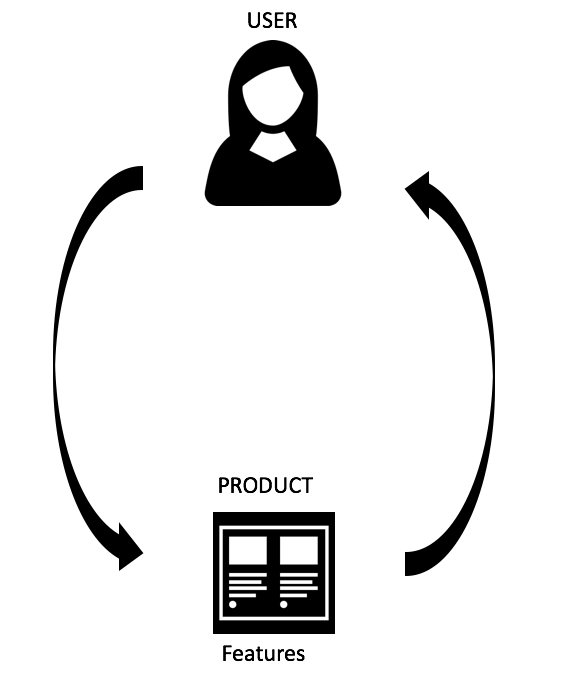
Actually, this is a good case where the team even thinks about their user. What is often the case, especially in large organisations, is that the team works in a “Scrumwaterfall” type of way, where someone else, higher up the chain, already has decided what’s best for the user. The only thing the team can do now is to build the features they are told to build, using a Scrum process to do so if they so wish.
A more value focused team understands that every feature has a why. The product and the features are supposed to implement a certain benefit. The benefit is the reason the user uses the product. It is the solution to a problem the user has. For example, the features a bed has are things like the softness of the mattress, the length and the width, storage and so forth. But the benefit to the user is a good nights sleep. To a team that understands benefits, the relationship looks like this:
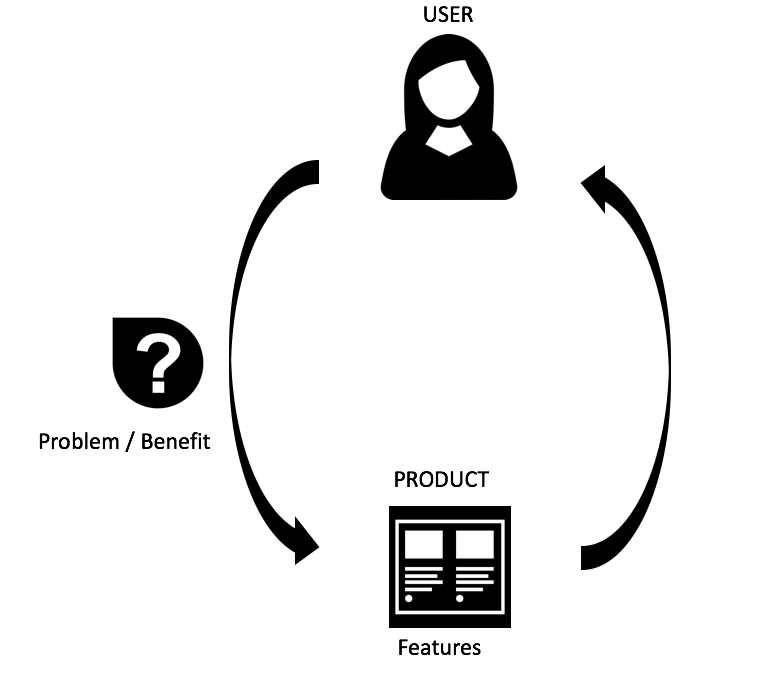
The benefit pulls the user in to the product so that she can use the features of the product. But there’s more parts in this user/product dance. When the user uses the product, an interaction occurs. If we are really good at designing the product, this interaction will make some kind of (positive) emotional impact on the user. An interaction with emotional impact is something we can call a “moment“.
Some examples of product moments are…

…people experiencing a Tesla for the first time.

…the Popsicle Hotline at the Magic Castle Hotel in Los Angeles. A red telephone that brings you popsicles. Magic!
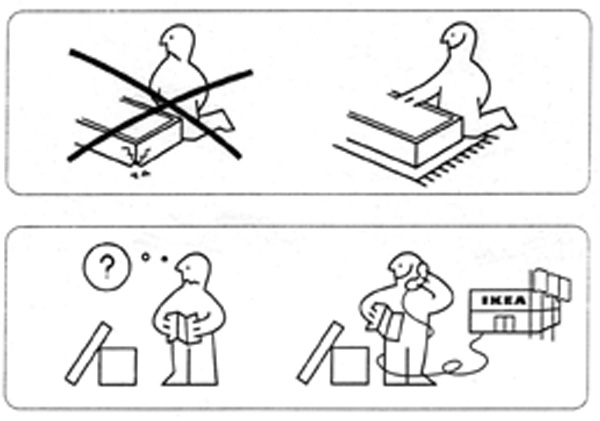
…finishing your IKEA furniture. This even has a name: the IKEA effect is the phenomenon that people like things they’ve built themselves more.
Now the relationship with the user is more fleshed out. We understand why the user uses a feature but also the moment we want to create in delivering it to her.
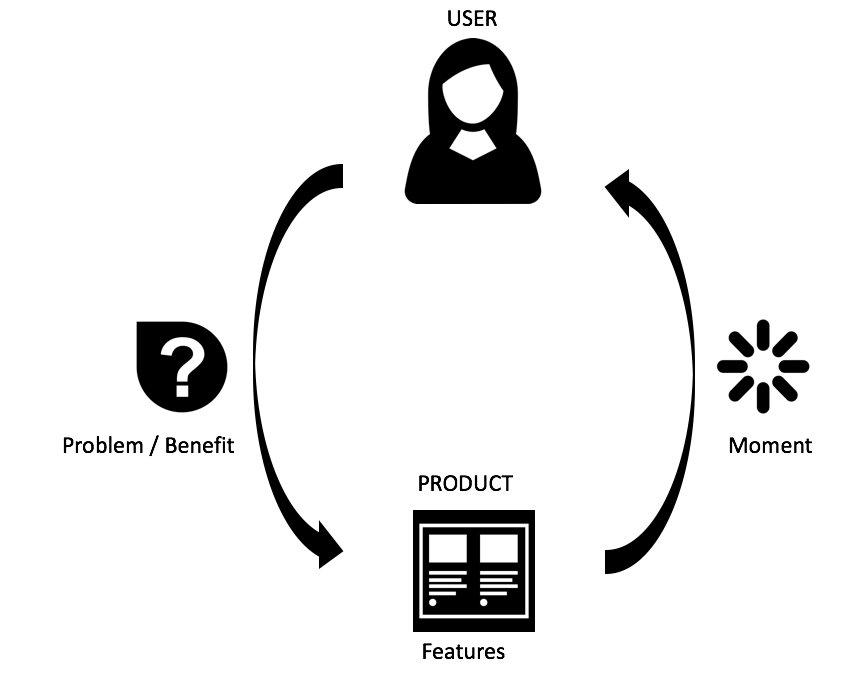
Strong moments are remembered and talked about but even weak moments that only leave a small emotional impact will over time change the relationship between user and product (and your brand of course). And so will negative moments, of course.
We can thus complete the picture by adding multiple such moments after each other and change the focus to the relationship with the user.
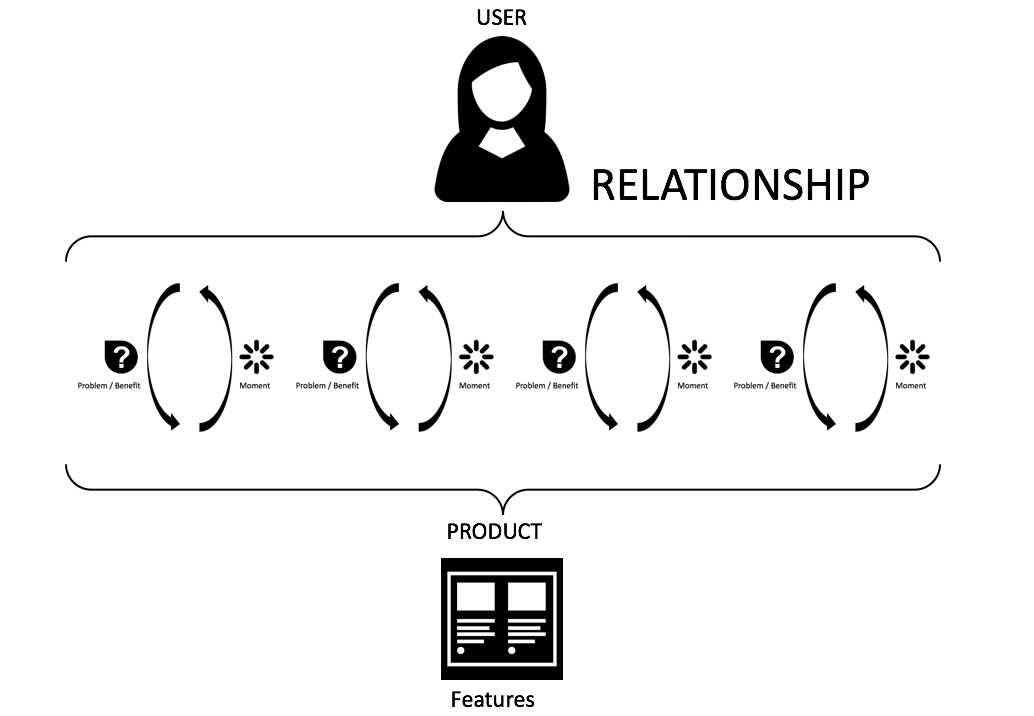
Now you are seeing that the features we build are only pieces in the bigger puzzle of building a long term relationship with a user. Yet, most team miss this aspect of building a product. They make the mistake of focusing on what to build rather than how to nurture a relationship with a user. Don’t make that mistake! Start with understanding the problem you are solving and then design the moment you want to create. Then, you are ready to start building features.
Now, let’s dance!

